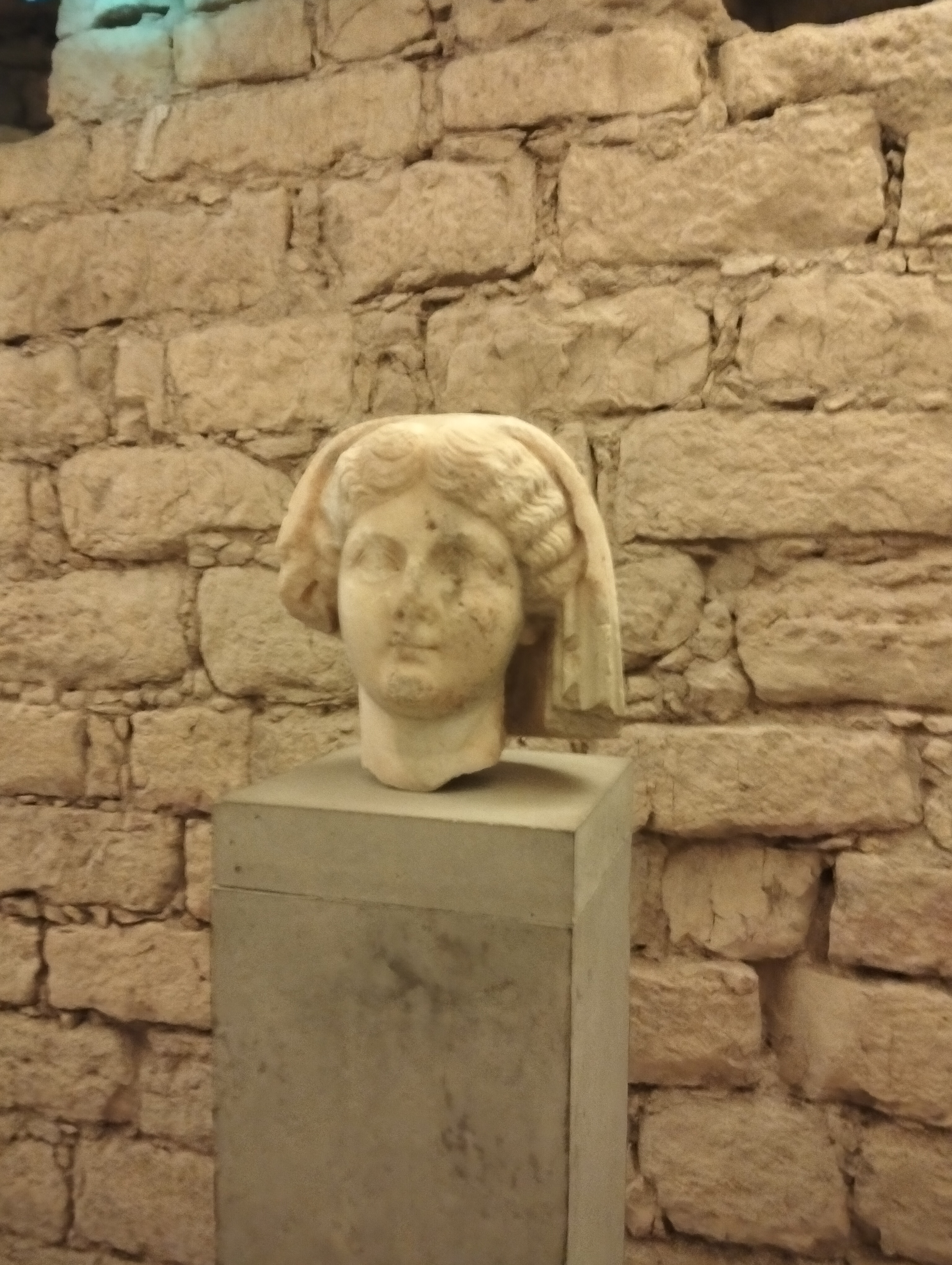Related Place: Coimbra

History of the Museum
Founded in 1913, the National Museum Machado de Castro occupies the former Episcopal Palace of Coimbra, a site with roots dating back to Roman times. Over the years, the museum has evolved into a center for the preservation and exhibition of some of Portugal’s most treasured artistic and historical artifacts. The blend of medieval, Renaissance, and modern architecture reflects the museum’s dynamic past and its ongoing commitment to showcasing diverse artistic influences.
Architectural Features
One of the most striking elements of the museum is its integration of the Roman Cryptoporticus, a subterranean gallery constructed in the first century AD. This ancient structure, once a support for the city’s Roman forum, is now an integral part of the museum’s architecture, providing visitors with a unique perspective on Coimbra’s layered history. The museum also features elegant cloisters, intricate stonework, and panoramic views over the city, making it a visual and historical landmark.
Collections and Exhibitions
The museum’s collections are renowned for their breadth and quality, encompassing sculpture, painting, decorative arts, and archaeological finds. Of particular note is the Portuguese core collection, which highlights masterpieces of religious art and sculpture from the Middle Ages through the Baroque period. The museum’s galleries are filled with works by influential artists, rare altarpieces, and exquisite examples of ivory, metalwork, and ceramics.
Roman Cryptoporticus
The Roman Cryptoporticus is a defining feature of the National Museum Machado de Castro. As visitors descend into these ancient corridors, they are transported back to the era of Roman Coimbra, experiencing firsthand the ingenuity of Roman engineering. The preservation and interpretation of the cryptoporticus underscore the museum’s role in connecting past and present, offering an immersive journey through Portuguese history.
Art and Sculpture
Art and sculpture are at the heart of the museum’s mission. The institution is particularly celebrated for its collection of Portuguese sculptures, with many pieces originating from churches and monasteries in the region. These works illustrate the evolution of artistic styles and religious iconography, providing invaluable insights into the cultural heritage of Coimbra and Portugal as a whole.